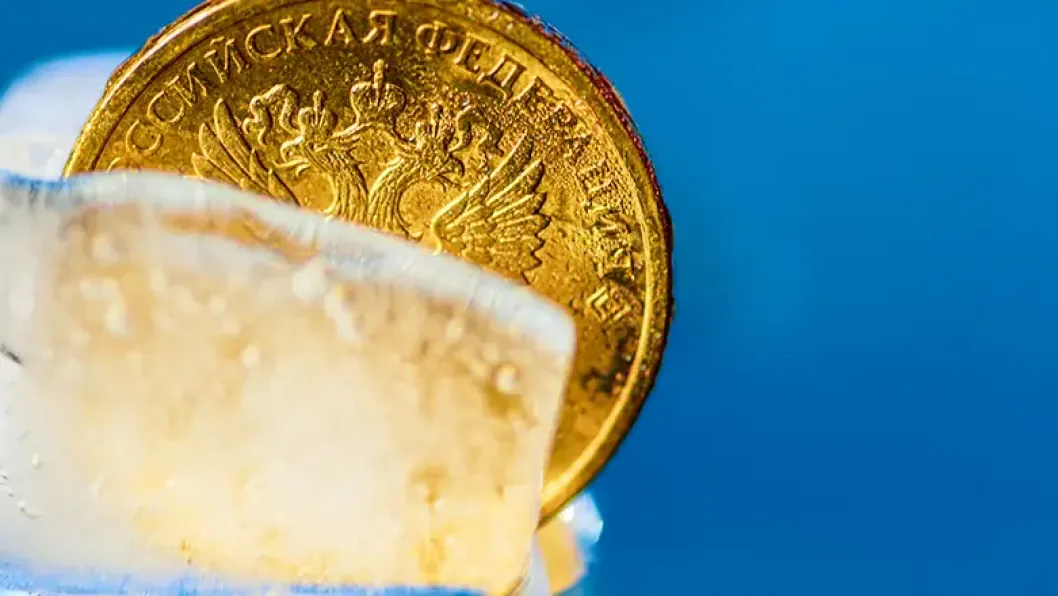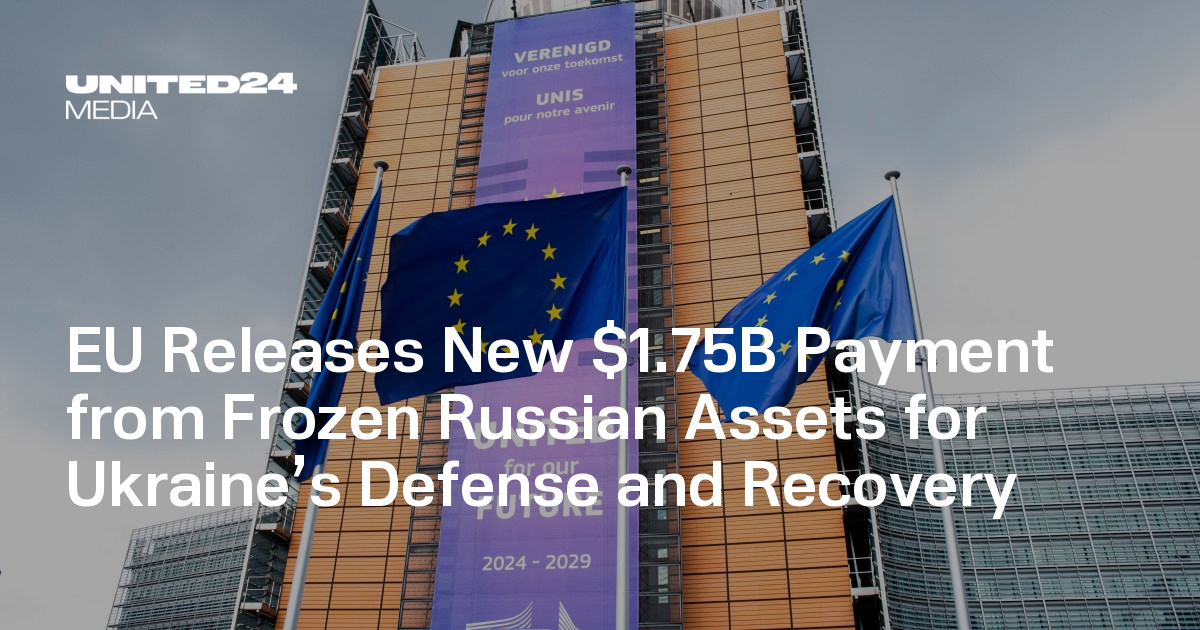The European Union will allocate an additional $1.75 billion to support Ukraine, using profits generated from frozen Russian assets held in the EU.
This was announced by European Commission on August 11.
“Last Friday, the European Union received $1.75 billion in so-called windfall profits, generated from interest on cash balances from immobilized assets of the Central Bank of Russia held in central securities depositories,” the statement said.
The first transfer of this kind was made in July 2024, followed by the second in April 2025. The third transfer covers funds accumulated during the first half of 2025.
“These windfall profits come from assets frozen under the EU sanctions imposed in response to Russia’s ongoing war of aggression against Ukraine. While the assets themselves remain blocked, the interest on the cash balances can be used to support Ukraine.,” the European Commission stated.

Read more
- Category
- War in Ukraine
European Leaders Push to Seize Russia’s Frozen Billions for Ukraine. Why Now?
Feb 21, 2025 20:22
For the first two transfers, 90% of the funds were directed to Ukraine through the European Peace Facility (EPF) and 10% through the Ukraine Facility. Starting with this third transfer, 95% will be allocated via the Ukraine Loan Coordination Mechanism (ULCM) and 5% through the EPF.
The ULCM provides non-repayable assistance to Ukraine for repaying EU macro-financial assistance loans, as well as loans from bilateral creditors under this mechanism, with total loan support amounting to approximately $49.25 billion. The EPF continues to help Ukraine meet its urgent military and defense needs.
Earlier, former Prime Minister Denys Shmyhal announced that Ukraine received around $1.175 billion from the European Union’s share of profits on frozen Russian assets under the G7-led Extraordinary Revenue Acceleration (ERA) initiative, bringing total transfers for resilience and rapid reconstruction this year to over $18.5 billion.
Related articles
